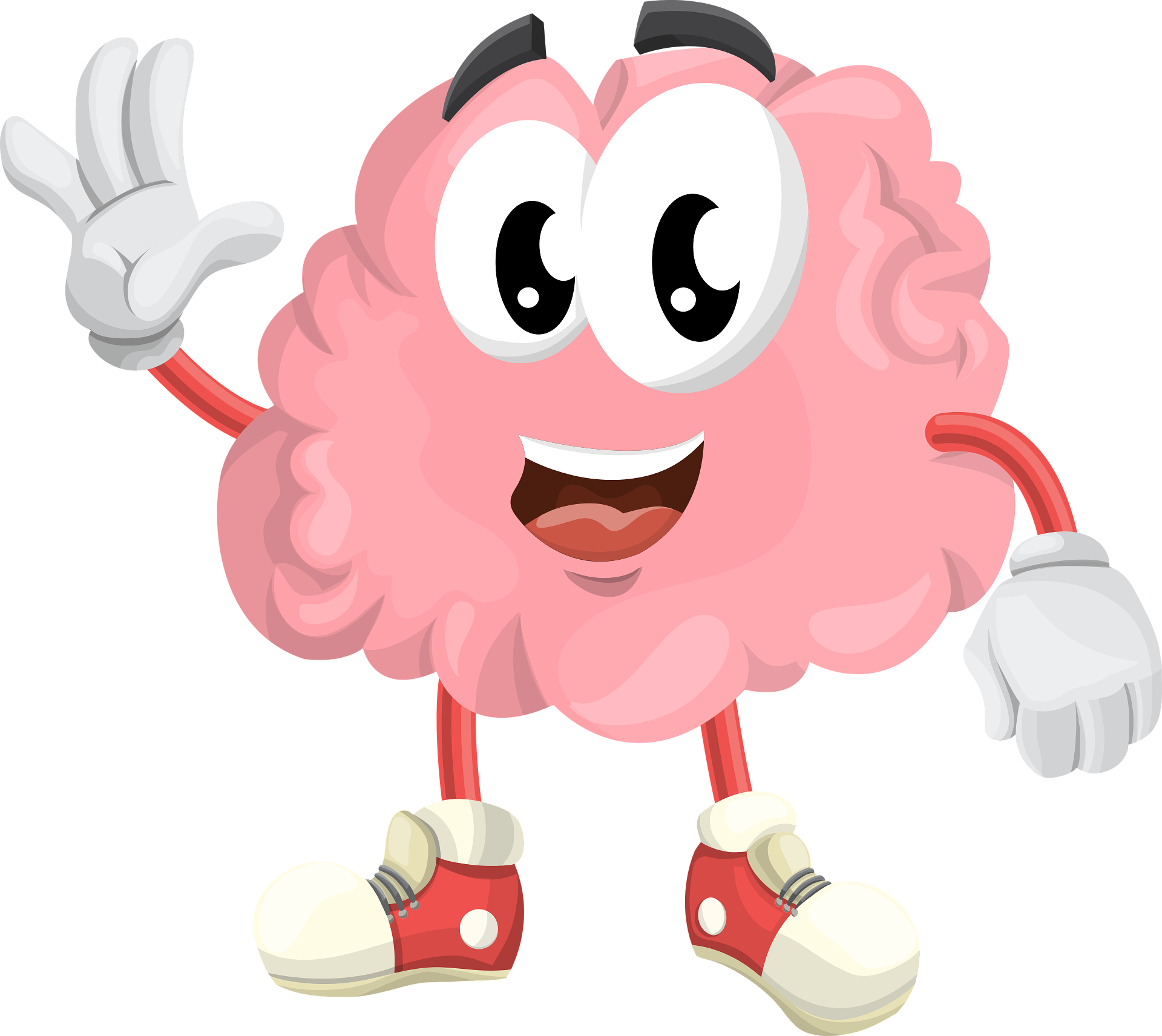No, it’s not a German pastry. =P
It’s something that I first learned about from — you’ll be shocked to hear — reading a book. XD That book was How to Take Smart Notes by Sönke Ahrens. The title alone tells you what the book is about, yeah? ‘^^
Per Ahrens, the key to taking smart notes is, of course, the title of this post: the Zettelkasten — or the “slip-box” in German. If I’m not mistaken, it’s quite well-known in modern productivity circles — probably because of this very book. But if you’ve never heard of it before, enter the Exposition Fairy:
The (original) Zettelkasten is a system for capturing ideas on slips of paper and storing them in a box (or a collection of boxes).
Doesn’t that sound ridiculously simple? XD
In truth, it is deceptively powerful. And its power lies in its very simplicity:
These captured ideas are individually noted — each slip is unique and contains only one idea — and then organised in relation to each other. As each new note is created, it is directly linked to previously created notes with which it shares some kind of context. Through this organic networking, created one note — one node — at a time, a large interwoven mass of ideas is amassed over time.
In short, this unassuming slip-box is no less than a manual means of creating, to put it in more modern terms, a complex cloud of contextualised information through the capturing, hyperlinking, and indexing of atomised concepts.
Crucially, each captured idea is easily retrievable — and thus usable — because of two important things: (1) each note has a unique identifier that is easily look-up-able, so each note can be readily found so long as one knows its ID, and (2) every note is an access point to any other related note via these links in this cloud of ideas, for the simple reason that they are in conversation with each other. Each noted idea “talks” to those other ideas that are in some way — any way! — connected.
Just as one’s brain talks to itself with a “Oh, you’re thinking about X? Hey, you know what’s related to X? Q and T. Q and T are related to X. Oh, oh, and you know what’s related to Q? U! Oh, and . . . ” series of thoughts (whether you want it to or not XD), the Zettelkasten provides an external means of leaping from one connected thought to another.
In other words, it’s a “second brain” (but better because it doesn’t forget anything XD). It serves not only as a repository of knowledge but also as another self with whom one can be in constant dialogue about all the various ideas one has and wishes to explore and follow — which, of course, leads to ever more ideas. It is this lilypad-leaping from one idea to the next to the next from which topics — and conclusions — can organically arise. And because this process is the very essence of creativity, it enables, it engenders, more and better creative thinking.
How awesome is that?
Oh, by the way, Ahrens did not invent the Zettelkasten. The author openly — and rightly! — credits the famous sociologist Niklas Luhmann as the creator of this slip-box system.
By Ahrens’s account (18), Luhmann was originally a pretty ordinary notetaker. As we’re all generally wont to do, whenever he read something that sparked a thought, he made a note (probably so he wouldn’t forget it), either in the text itself or in a collection by topic. This is not surprising considering how books, videos, lectures, etc., package the information they present: they are topic bundles.
Upon realising how his notes weren’t actually doing anything for him, Luhmann did what most people never think to do: he made his notes actually useful. XD He did it by turning upside down the whole idea of how to organise them. Instead of making topics the unit of organisation, he made the notes themselves the unit of organisation and then created his topics, bottom up, through the aggregation of the relevant notes.
In fact, as Ahrens tells it (18–20), Luhmann became a sociologist partly because of how effective his Zettelkasten was. It wasn’t because Luhmann was a famous sociologist that he was also somehow a genius notetaker; it was because he had an ingenious notetaking system that helped him write so well and so prolifically that he eventually became a famous sociologist! XD Over time, his Zettelkasten evolved from slip-box to an entire slip-catalogue, and with that massive “second brain”† of his, he wrote 70+ books and ~400 scholarly articles on an extremely wide range of subjects.
I repeat: How fucking awesome is that??
Someone actually systematised a way of thinking so as to be both more creative — by explicitly enhancing the ability to create connections between and amongst disparate ideas — and more productive, especially in terms of writing output.
Gee, I wonder who could possibly use such a system right about now . . . ? Maybe someone who is looking for a way to be more creative and productive in her writing — to ultimately become a successful author. . . . *coughs* ^.~
†The term “second brain” is one that contemporary productivity hackers like to use. My understanding is that Luhmann himself did not call his Zettelkasten that.
References
Ahrens, Sönke. How to Take Smart Notes: One Simple Technique to Boost Writing, Learning and Thinking — for Students, Academics and Nonfiction Book Writers. Self-published, Kindle Direct Publishing, 2017. PDF.

Leave a Reply